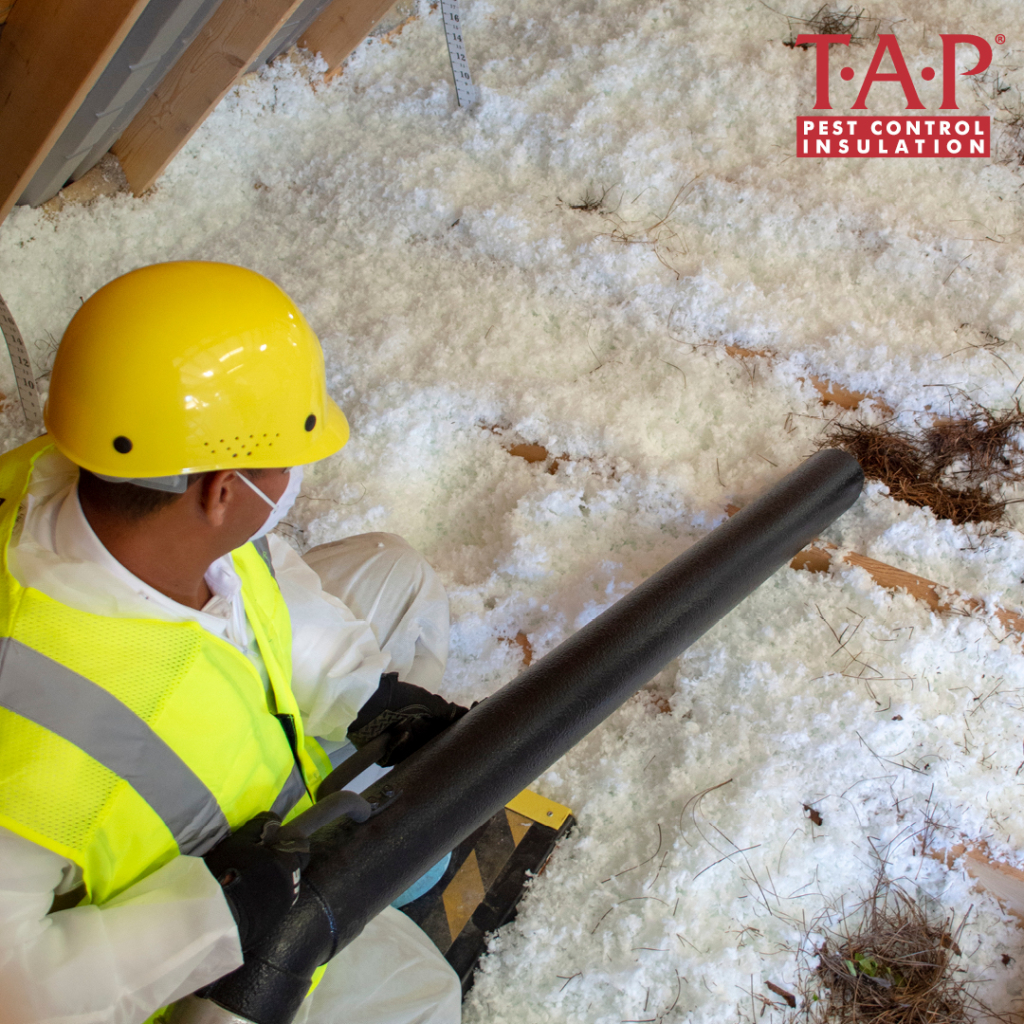
While it is every homeowner’s hope that their attic remains well insulated and performs as needed throughout the duration of their tenure in the home, there are times when the attic’s thermal envelope can be compromised due to:
- Insulation being moved or disturbed by storage needs or damage to the roof
- Odor problems due to mold, mildew, or animal carcasses
- Contamination from mold
- Debris such as food and nesting material (i.e., sticks, leaves, trash) for animals
- Pheromone scent that can attract new wildlife
- Parasites, roundworms, and other pathogens
- Animal feces
If one or more of these transpires, restoring your attic to its optimal performance condition is necessary. Attic restoration is simply returning the attic space to a clean and sanitary condition. When an attic restoration service is recommended by a professional, here are the steps and tips to consider:
1. Some or all of the existing insulation will need to be removed. This can be done by rolling up any batted insulation or vacuuming out any loose-fill insulation with specialized insulation vacuums. These insulation vacuum machines often sit in the driveway attached to a large hose that is woven through a window or door leading to the attic’s entry point. One worker will remain with the equipment while the other is in the attic space slowly vacuuming the insulation and debris away. The insulation and debris is placed in large vacuum bags that are deposited at a local land fill or collection center.
2. Proper training on how to remove the insulation soiled by pest presence is critical for health reasons. According to the Center for Disease Control (CDC), humans can become infected from rodents and their waste contributing to tuberculosis, hantavirus, histoplasmosis, and encephalitis. Children and pets are particularly at risk when they are exposed to fresh urine, droppings, saliva, or nesting materials. When the droppings are moved around, spores can become airborne and enter the human body through inhalation, eyes, and ears. Therefore, attic restoration is typically conducted by a trusted professional.
3. Professionals will wear personal protection equipment (PPE) including a HEPA filter mask to protect themselves from contamination of disease. Depending on the amount of insulation and the condition of the insulation, removal of the insulation can either be cheap and speedy or expensive and invasive. Often, the homeowner’s insurance may cover a portion of the cost.
4. Once the insulation is removed, the attic space will be disinfected and sanitized. There are a variety of options that are used based on the type of soiling that was discovered and the area of the country in which the home resides. There may also be various statutes that dictate which methods are used.
5. Next, professionals will recommend conducting any necessary exclusion work to prevent rodents and pests from re-entering the attic space once the attic restoration service is completed. This can include conducting repairs to the attic eaves, roofline, walls, or soffits, adding mesh or metal netting over known openings, utilizing foam to seal any cracks and crevices. Remember, pests such as cockroaches and silverfish can enter your home through a hole the width of the side of a dime. This is a critical step to ensure the work is permanent.
6. Even with the most thorough of clean outs, waste may still be left behind (i.e., oils and grease from animal fur, pheromone attractants, parasites such as fleas and ticks). Therefore, the attic may be fogged using a specialized atomizing mist. This step helps breakdown and destroy remaining organic matter without causing additional damage to the attic’s structure.
7. The attic’s ventilation is then protected by ensuring that the attic can breathe. Ventilation prevents moisture build-up. Moisture eventually causes mold. Cardboard or styrofoam baffles backed by a fiberglass plug are often used to protect soffit or continuous soffit vents along the attic’s edge. Ridge and gable vents are inspected and repaired, if needed, to allow the attic to breathe.
8. Insulation rulers are then added to notate the amount of insulation that is to be returned to the attic. One ruler is placed for every 300 square feet of attic space. Additional rulers may be installed for visibility when installing. Each ruler is stapled to an attic rafter and used as a visual guide for the insulation installer.
9. A three-inch barrier will also be built around any of the attic’s heat producing devices such as recessed lighting, chimneys, flues, HVAC systems or attic fans. Regardless of the type of insulation you choose, this is to help prevent combustion or fire.
10. Finally, the insulation is installed and built up to the required height to provide the r-value necessary to complete the home’s thermal envelope. All insulation materials have a different r-value. The benefit of a higher r-value is that less insulation is installed saving the homeowner money. For more information, visit the U.S. Department of Energy (DOE) and the International Energy Conservation Code (IECC) Insulation R-value Map.
In cases where the insulation is extremely damaged or soiled, attic restoration including partial or complete insulation replacement is always a wise idea for the home’s thermal envelope, the home’s occupant’s health.
To locate a provider of TAP® Pest Control Insulation to discuss an attic restoration service, contact us today.

